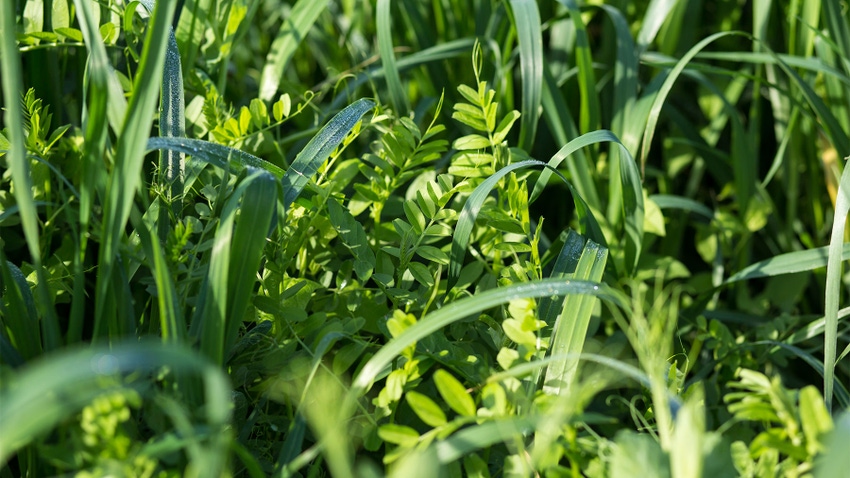
Farmers are planting cover crops, but there’s so much information to sift through that finding the right seed mix for your crop management goals can be daunting.
Precision Sustainable Agriculture is making cover crop decisions simpler.
There is a lot of enthusiasm and information surrounding cover crops from weed control to grazing to conservation, says Brian Davis, head of data engineering at Precision Sustainable Agriculture.
There are about 22 million acres of cover crops in the U.S, according to the 2022-23 National Cover Crop Survey Report. Those numbers will likely increase with Climate-Smart Ag and private company initiatives offering payments for such regenerative agriculture practices. These opportunities create challenges when it comes to selecting the best cover crop to fit the farm system.
“We developed tools to help the farmer who’s never used a cover crop, to the farmer who’s an expert and wants to fine-tune its use on the farm,” Davis says.
Data-driven solutions
Precision Sustainable Agriculture is a public-sector organization that is a collaborative research network, working with USDA, Ag Research Service, land-grant universities and private partners to provide field-specific information and digital tools to help farmers make science-based, real-time decisions.
Davis' organization is whittling down the data to help farmers meet their production goals and garner a return on investment. They launched two online tools already, with two more in the works over the next year. Here are the tools that are currently available:
Cover Crop Species Selector. This management tool allows you to choose your state and then find the right cover crop mixture that works best based on our cover cropping goals. There are 14 listed. Some include improving soil organic matter, increasing soil aggregations, suppressing summer annual weeds, reducing subsurface compaction and more. The tool relies on data for regional cover crops councils. The tool currently works for farmers in the Northeast and South. Davis says the Midwest will be live in the next couple of weeks, and the West in about a year.
Cover Crop Nitrogen Calculator. “Our nitrogen selector is an empirical model based on our many site years of on-farm research, as well as incubation studies looking at decomposition kinetics of cover crop mulches and how they can serve nitrogen to the subsequent cash crop,” Davis explains.
Factoring in weather and additional information, he adds, the calculator produces solid numbers. “What makes our numbers different from a lot of the other organizations that are trying to do this is that we're all public-sector open source. So, you can look at the source code of all of our tools and see exactly how our calculations come to be.”
Coming soon
Davis says two additional tools will be online within the next year, the first one even sooner:
Cover Crops Economics Calculator. “We’re kind of billing it as sort of a TurboTax-type experience for cover crops,” Davis says. This tool is a partial budgeting tool based in a spreadsheet. It helps producers, landowners, planners and others make informed decisions when considering adding cover crops to their production system.
Offering a partial budget analysis, the tool focuses only on operational changes you make. To keep the analysis relevant, the focus is on actual costs and benefits farmers see when they add cover crops. The focus on benefits is easily expressed in terms of dollars.
The tool offers a simple economic and financial comparison that does not require in-depth crop budgets or enterprise analysis data. You can add a certain practice to the operation and cost, Davis explains. Then you can add this cover crop and see the savings for instance in irrigation.
“You can kind of see your running totals as you go,” he says. “And you can really see either how cover crops can be a profit for you, or how they can be not as much of a cost as you thought.”
Cover Crops Seeding Rate Calculator. Like the Cover Crops Species Selector, this tool allows farmers to focus on one species or mixes. Based on your entered information, it will tell you what works best in your region of the county, how much seed you need to buy, and the amount of biomass you can expect based on a calculated seeding rate.
For farmers, Davis says, these tools offer a great educational resource to help them understand the ideal cover crop setup for their operation.
Visit precisionsustainableag.org for more cover cropping tool updates throughout the year.
About the Author(s)
You May Also Like






